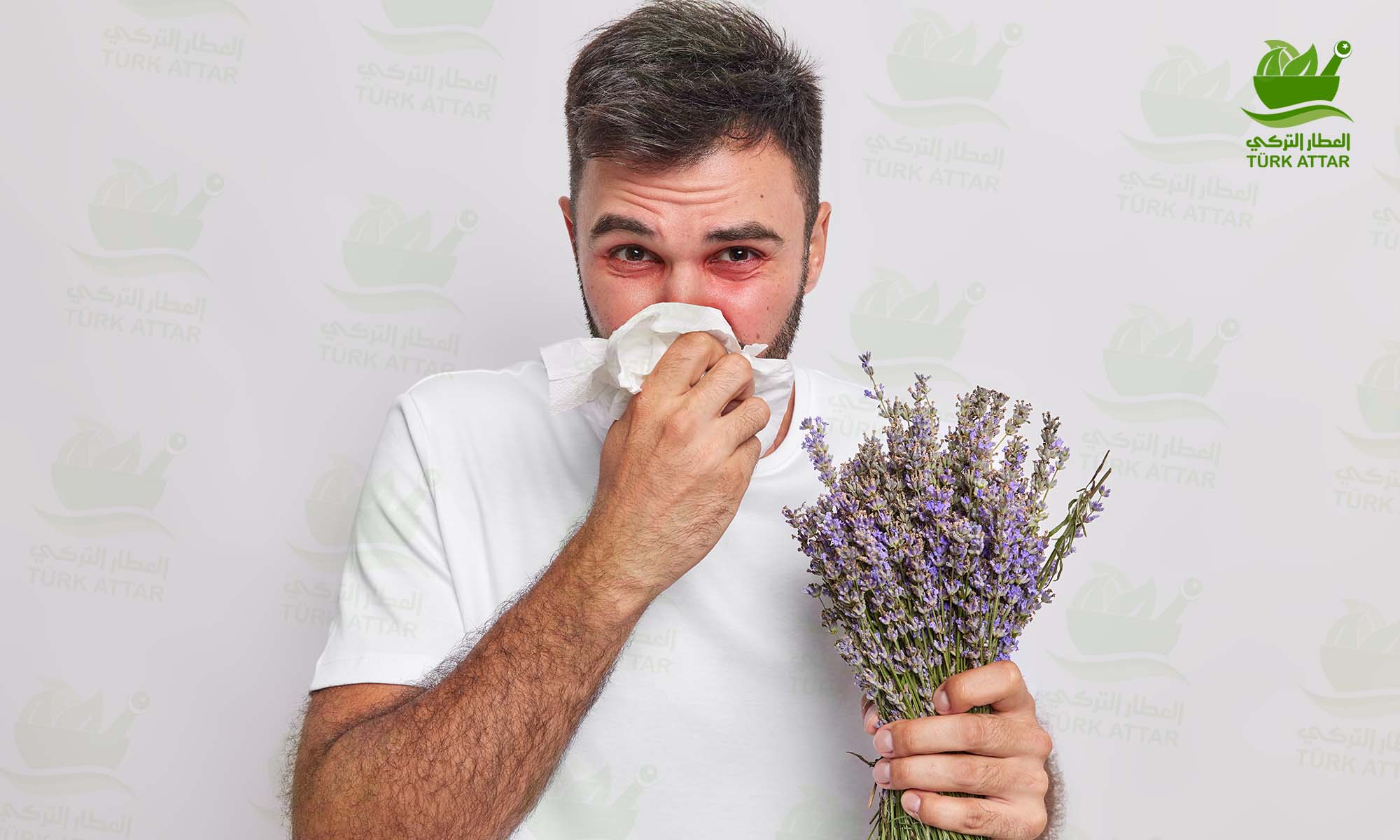
With the opening of the spring season, seasonal allergies can make you unhappy.
Hay Fever, also known as allergic rhinitis, is characterized by nasal discharge and congestion, itchy and watery eyes, sneezing attacks and sinus pressure symptoms. Although the symptoms are considered with the suspicion of a cold, hay fever is not caused by a virus, unlike the common cold.
Hay Fever
Hay fever is caused by the body's allergic reactions to allergens such as pollen, dust mites, cat-dog hair, and dandruff. If symptoms persist regardless of the season, you may have long-term allergic rhinitis. You may even be allergic to things such as smoke in the air, the smell of perfume, car exhaust. Hay fever can affect your performance at school, work and limit your quality of life.
What is Hay Fever?
Allergy is a type of disease that we witness very often. Environmental factors and genetic predisposition are effective in the emergence of the disease. Allergens such as pollen, animal hair and mould cause reactions in the body such as itching, redness, swelling, spasm, eye discharge, nasal discharge, sneezing attacks.
Allergy can sometimes occur in the whole body, sometimes in only one part of the body. Allergy is called allergic conjunctivitis if it occurs in the eyes, asthma if it is present in the lungs, urticaria, eczema or contact dermatitis if it occurs on the skin, and hay fever or allergic rhinitis if it occurs in the upper respiratory tract.
Who Gets Hay Fever More Often?
Hay fever can be seen at any age, and it is most common in patients between the ages of 18-25. The importance of genetic predisposition for experiencing hay fever is undeniable. Approximately 50% of them are positive cases from the family.
Reasons
What Causes Hay Fever?
In people with allergic rhinitis (hay fever), the body's defense system considers the harmless substance in the air as harmful and produces antibodies against it. The next time you come in contact with this supposedly harmful substance, the antibodies produced signal your immune system to release certain chemicals, leading to hay fever symptoms.
What Are Hay Fever Risk Factors?
The risk factors that can trigger hay fever
can be listed as follows:
Having a family history of allergies, asthma, atopic dermatitis,
To live in an environment where animal hairs and dust mites are present,
Smoking at home, exposure to a mother who smoked in infancy,
exposure to air pollution,
Being the first child in the family
What are the Complications of Hay Fever?
Decreased quality of life: Hay fever can prevent you from enjoying the activities you do and interfere with your productivity.
Poor quality sleep problems: It has effects that make it difficult to fall asleep, which causes your tiredness to continue during the day.
Worsening of asthma symptoms: Hay fever can worsen asthma symptoms.
Sinusitis: Problems such as sinus congestion and infection and inflammation of the membrane surrounding the sinuses can cause sinusitis.
Ear infection: It can cause middle ear infection. from hay fever There is no way to avoid it, the best thing you can do is reduce your exposure to the allergens that trigger your symptoms.
Symptoms
What Are the Symptoms of Hay Fever?
Hay fever symptoms; runny nose and congestion, watering of the eyes, itching, sneezing attacks, coughing attacks, post-nasal drip, weakness, swollen under eyes, itching in the throat and larynx. Symptoms of allergic rhinitis may begin or worsen at certain times of the year. Among the factors that trigger this; Various pollens seen in spring and autumn, dust mites and animal dander from pets, fungi and moulds can be counted.
Diagnostic Methods
What are Hay Fever Diagnostic Methods?
After listening to your physical and medical history, your doctor may ask you for skin and blood tests. Skin test: You are observed for an allergic reaction after small amounts of the allergen that can trigger an allergy are rubbed on your arm and upper back. If you have an allergy, blisters occur in the area where the allergen comes into contact with.
Blood test: A blood sample is sent to the laboratory to measure your immune system's response to certain allergens, and the test measures the number of allergy-causing antibodies.
Limit Your Exposure to Allergens!
It is not possible to avoid allergens completely, but you can reduce your symptoms by limiting your exposure to them. And most importantly, if you are aware of what you are allergic to, you can avoid triggers.
If you have an allergy to pollen or moulds;
Keep your doors and windows closed as much as possible during the spring and autumn seasons when pollen is more active.
Do not hang your laundry where pollen will come into contact. Because pollen can stick to sheets and towels.
Prefer the use of air conditioning in your home and car. And in air conditioners, pay extra attention to the use of allergy-grade filters and the regular replacement of filters. In this way, dust that may come from outside can be prevented.
Work, activity, etc. to be done outdoors in the morning hours when the amount of pollen is at its peak.
Prefer to stay at home on dry and windy days.
Always use a dust mask when cleaning your home and garden.
Plants and flowers in your home should be kept to a minimum in your environment as they can harbour mould.
If you are allergic to dust mites;
Choose allergy-resistant products for your bed linens.
Wash your sheets and blankets in water heated to at least 60 degrees.
Turn on the aspirators while cooking, do not dry the washed laundry indoors.
If you are allergic to animal hair;
Avoid keeping pets in your home.
If you can't stop feeding them, bathe the dogs twice a week. Keep your pets away from your bedroom and furniture.
